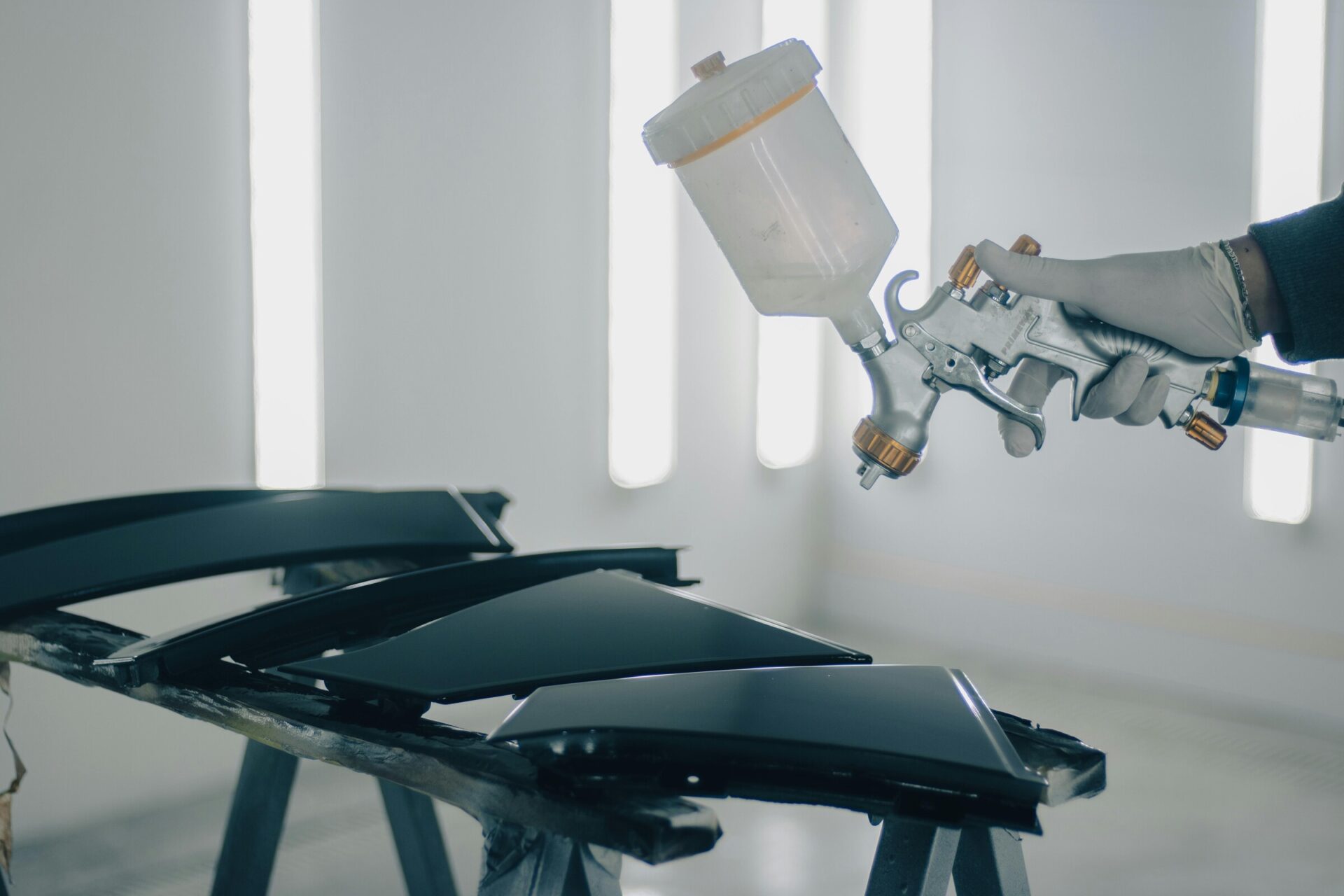Electric vehicles (EVs) are becoming more popular as the world moves towards cleaner forms of energy, but there’s still a big issue—range anxiety. Many drivers are afraid of running out of battery power on long trips or having to wait too long at charging stations. To tackle this problem, Mercedes-Benz is developing an innovative solution that could enhance the energy independence of EVs: solar paint.
How It Works
This technology transforms the car’s exterior into a power generator by embedding solar modules in a paint-like layer. With an efficiency rate of 20%, this special paint captures sunlight and changes it into electricity, which can then be used to charge the vehicle’s high-voltage battery. It covers an area of approximately 11 square meters, similar to the size of a mid-sized SUV, and under ideal conditions, it can produce enough energy to allow an electric car to travel up to 12,000 kilometers (around 7456 miles) each year.
Unique Features
The secret behind Mercedes-Benz’s solar paint is its wafer-thin solar cells that can be applied to any car body, irrespective of its shape or design. This is different from standard solar panels that are placed on the roofs; the solar paint can cover all surfaces of the vehicle.
The energy generated isn’t just for driving; it keeps producing power even when the vehicle is parked. This means longer ranges and fewer stops to charge, plus there’s a chance to use any extra energy for homes or the power grid via bidirectional charging. However, this brings up questions—what happens to all the extra energy that’s gathered? Mercedes-Benz hasn’t provided detailed answers in its announcement, but surplus energy might be used for homes (V2H, or vehicle-to-home), sent back to the grid (V2G, or vehicle-to-grid), charged into other EVs (V2V, or vehicle-to-vehicle), or saved for later driving needs.
Location Matters
The efficiency of solar paint largely relies on how much sunlight it receives, which can change based on the location. For instance, drivers in Stuttgart, Germany, typically cover about 52 kilometers daily. Solar paint could potentially account for around 62% of that distance using solar energy alone. In sunnier locations like Los Angeles, cars could generate more than enough energy, meeting or exceeding daily driving requirements, according to claims by Mercedes.
This advancement could help alleviate range worries while lowering energy expenses for EV users. Furthermore, Mercedes-Benz confirms that the paint is eco-friendly, as it does not contain rare earths or silicon, utilizes non-toxic materials, and is easy to recycle—making it both sustainable and cost-effective.
Future Outlook
Currently, solar paint is in the research stages, but its possibilities are substantial. By allowing EVs to produce their own energy, it lessens the dependency on charging stations, making electric cars a more viable choice for drivers everywhere. At the moment, manufacturers like Hyundai and Toyota are incorporating traditional solar panels into some of their EVs. However, if Mercedes-Benz can successfully launch its solar paint, it could transform the landscape of clean transportation.
Source: Link


Leave a Reply